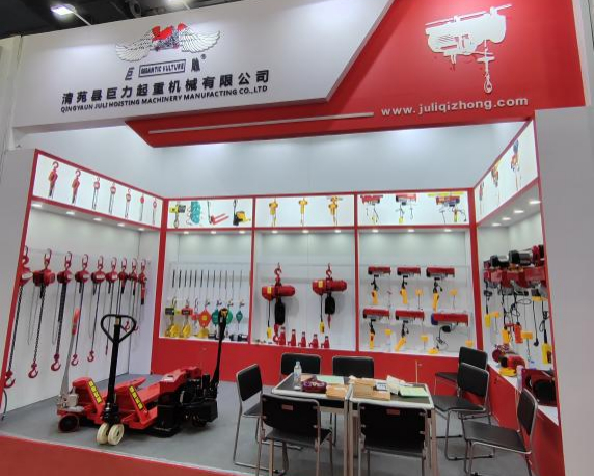


Understanding Chain Block Lever Hoists A Comprehensive Guide
Chain block lever hoists are essential tools in industries that require lifting heavy loads safely and efficiently. Whether in construction, manufacturing, or mining, these devices enable workers to maneuver materials that would otherwise be challenging to handle. This article explores the mechanics, applications, and benefits of using chain block lever hoists, providing insights into their significance in various fields.
What is a Chain Block Lever Hoist?
A chain block lever hoist, often referred to simply as a lever hoist, is a type of lifting equipment that employs a chain and a lever system to lift and lower heavy loads. It consists of a durable steel frame, a load chain, a hand lever, and a ratchet mechanism. When the user pulls the lever, the ratchet system engages, allowing the load chain to wind around a drum, lifting the load. Conversely, pushing the lever in the opposite direction lowers the load smoothly.
How Does It Work?
The operation of a chain block lever hoist is both straightforward and efficient. The device operates on a simple mechanical principle known as leverage. By pulling down on the lever, the user can multiply their input force, allowing them to lift significantly heavier weights than they could with just their strength alone.
The hoist employs a set of gears and a ratchet, enabling the continuous control of the load. The load chain is made from sturdy materials to withstand heavy weights, while the safety features, such as overload protection, ensure secure lifting operations. Additionally, many lever hoists come with a swivel hook that allows the load to be maneuvered easily in various directions, increasing versatility in tight spaces.
Applications of Chain Block Lever Hoists
Chain block lever hoists are used across a wide range of industries
. Here are some common applications1. Construction Sites In construction, these hoists are invaluable for lifting beams, trusses, and heavy machinery components. Their portability makes them easy to transport around job sites.
2. Manufacturing Factories utilize lever hoists for assembly processes, moving parts from one station to another efficiently.

3. Shipping and Loading Docks In logistics, these devices are essential for loading and unloading heavy containers from trucks or ships.
4. Automotive Repairs Mechanics often use lever hoists to raise engines and heavy components, streamlining repairs and installations.
5. Theatrical Productions In stagecraft, lever hoists are employed to hoist lighting, sets, and other equipment, allowing for quick adjustments during performances.
Benefits of Using Chain Block Lever Hoists
1. Efficiency Operated manually, lever hoists enable quick lifting and lowering of loads without needing a power source, which can save time on various tasks.
2. Safety Lever hoists are designed with safety in mind, featuring mechanisms that prevent accidental release of loads, thus ensuring a safer working environment.
3. Cost-Effectiveness Compared to electric hoists, lever hoists typically have a lower initial cost and require less maintenance, making them a budget-friendly option for many businesses.
4. Portability Lightweight and compact, lever hoists can be easily transported and set up in different locations, making them perfect for temporary installations or on-the-go operations.
5. Versatility These hoists come in various load capacities and configurations, allowing users to select the perfect model for their specific needs and applications.
Conclusion
Chain block lever hoists are indispensable tools in many industries, offering a simple yet effective solution for lifting heavy loads. Their mechanical design maximizes efficiency and safety, making them a preferred choice for various applications. Understanding how they work and their benefits can help businesses optimize their operations, ensuring that heavy lifting is handled with ease and precision. As industries continue to evolve, the versatility and reliability of lever hoists will undoubtedly keep them at the forefront of lifting technology.



